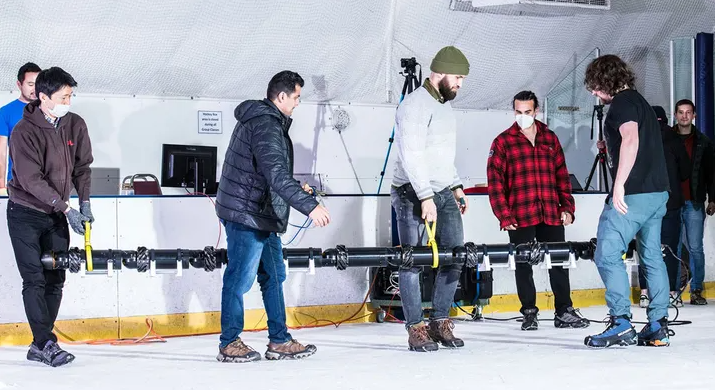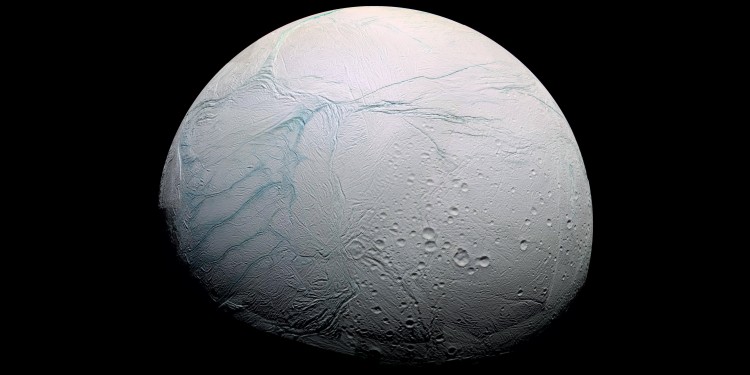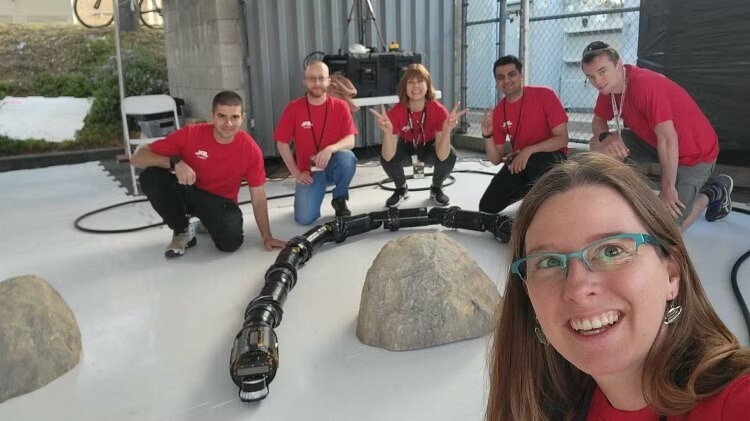One of Saturn’s 83 moons, Enceladus, is the target of the ‘Exobiology Extant Life Surveyor’ (EELS) being developed by NASA. Given its heated water beneath its surface, Enceladus has caught NASA’s attention as a potential home for extraterrestrial life.
This snake-shaped robot was created by scientists to give it incredible flexibility. Along with the dexterity needed to get through anything on its path to life. When it is operating, EELS will break through the moon’s surface and swim through the oceans as a sign of life.

The direction of future space exploration is “reptile”
NASA has employed a variety of rovers, robots, and codes to seek extraterrestrial life. But this time it is building a snake-like robot to advance space research and find out if there is life on other solar system planets. The construction of the snake robot will enable it to go to Enceladus. One of Saturn’s most mysterious moons.

Which stands for Exobiology Extant Life Surveyor. This instrument’s main goal is to look for evidence of liquid water and other ingredients necessary for life on Enceladus, Saturn’s sixth-largest moon. Thanks to EELS’s use of innovative rotating propulsion components that act as tracks, grasping mechanisms, and propulsion units underwater. According to NASA, the robot may access a plume vent outlet and then follow it to its ocean source.

Additionally, according to scientists, the frozen surface of the planet might contain tremendous volumes of water. That may contain living things, according to researchers. The team has equipped the robot with revolving screws that enable it to grab and navigate through ice structures.
Allowing it to traverse through uneven terrain and microscopic cracks. The snake robot can also move independently thanks to its self-propulsion architecture. Additionally, the unconventional design has undergone preliminary testing. The machine was placed near Canada’s Mount Meager volcano and Athabasca Glacier to evaluate its mobility and navigational capabilities.



